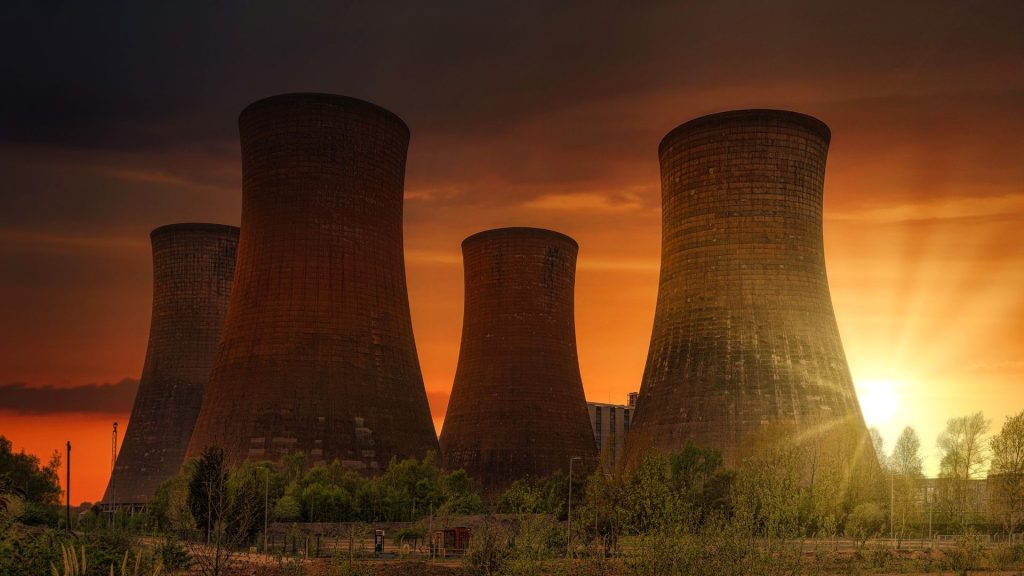
Nuclear deterrence remains one of the most contested yet long-lasting strategies in global security, changing through decades of geopolitical shifts, technological advancements, and diplomatic efforts. At its core, the concept hinges on leveraging the power of nuclear weapons to prevent conflict by instilling fear of mutual annihilation. As noted by Jamie Mannina, from the tense moments of the Cold War to current debates about its relevance in a rapidly changing world, deterrence has shaped both international relations and domestic policies.
However, the strategy is not without its challenges, including the risks of miscommunication, the emergence of new technologies, and the involvement of non-state actors. While treaties and negotiations aim to manage these risks, the growing complexity of global threats calls for a reexamination of traditional frameworks.
Understanding Nuclear Deterrence and Its Origins
Nuclear deterrence is a concept aimed at preventing aggression by ensuring that any attack would result in destructive retaliation. It operates on the principle of fear, leveraging the immense potential of nuclear weapons to discourage adversaries from initiating conflict. This has been a cornerstone of global security frameworks, particularly among nations with substantial nuclear capabilities.
Its origins trace back to the Cold War era, a time when the United States and the Soviet Union engaged in an arms race that cemented the doctrine of Mutually Assured Destruction (MAD). Historical moments like the Cuban Missile Crisis highlighted how deterrence shaped diplomatic decision-making, often averting direct military confrontation.
Over time, the concept grew, influenced by key events and agreements such as the Strategic Arms Limitation Talks (SALT). These efforts sought to manage the risks associated with an escalating arms race. Today, the principles of deterrence remain central, though their application is being questioned in the face of modern geopolitical and technological shifts.
Global Realities of Nuclear Deterrence
The global landscape of nuclear deterrence is shaped by the distribution of stockpiles among a handful of nations. Countries like the United States, Russia, China, and others maintain arsenals with the intention of securing their sovereignty and deterring conflicts. While these nations justify their stockpiles as necessary for defense, the sheer scale of these weapons raises questions about the long-term sustainability of such strategies.
Agreements like the Non-Proliferation Treaty (NPT) and Strategic Arms Reduction Treaty (START) have emerged as attempts to limit the spread and size of nuclear arsenals. Despite these efforts, the debate continues over whether nuclear deterrence truly guarantees peace or simply delays inevitable confrontation.
Historical data shows periods of tension, such as the Cold War, where the existence of nuclear weapons created a precarious balance rather than outright peace. At the same time, proponents argue that the absence of direct wars between major powers during this era could be attributed to the fear of mutual destruction.
Amid this complexity, the reality of deterrence is also influenced by nations outside traditional nuclear powers. Countries with smaller stockpiles or those seeking nuclear capabilities disrupt the established balance, making international monitoring and agreements critical. The global nature of deterrence underscores the need for constant vigilance and collaboration to prevent the escalation of nuclear threats.
Political Narratives and Public Perception
Political leaders often wield the language of nuclear deterrence to project strength and assert dominance, both domestically and on the global stage. Statements around the readiness of nuclear forces or the modernization of arsenals can serve as tools to rally political support or signal resolve to adversaries. These narratives, however, may not always align with the realities of deterrence, leaning heavily on rhetoric to shape public opinion.
The framing of nuclear policies often simplifies intricate dynamics, creating a perception of control even when risks remain high. Public perception of nuclear deterrence is deeply influenced by these political narratives. In many cases, citizens are led to believe that nuclear arsenals are an absolute safeguard against threats, despite evidence of their potential to escalate crises. During moments of heightened tension, such as missile tests or military exercises, political rhetoric can amplify fears or breed complacency, depending on its tone and intent.
The risks of such rhetoric extend beyond national borders, affecting international relations and diplomatic efforts. Miscommunication or exaggeration can lead to misunderstandings, further complicating negotiations and fostering distrust among nations. As political messaging continues to shape the discourse, the challenge lies in balancing strategic communication with transparency to mitigate the dangers posed by nuclear weapons.
Facts vs Political Messaging
The divide between facts and political messaging surrounding nuclear deterrence is often stark. Political leaders may rely on simplified or emotionally charged narratives to justify policies, even when those narratives do not reflect the complexities of the situation. Strategic decisions, such as expanding defense budgets or updating nuclear arsenals, are frequently framed as urgent necessities to counter immediate threats, regardless of whether those threats are substantiated by credible evidence.
In some cases, the emphasis on political messaging has obscured the broader implications of nuclear deterrence. While leaders may champion their country’s capabilities as a deterrent, this approach risks escalating tensions with adversaries who view such messaging as provocations. A single misstep in communication could potentially lead to unintended crises, underscoring the fragile balance that exists when rhetoric overshadows objective analysis.
Modern Threats to Nuclear Deterrence
Emerging technologies are reshaping the traditional assumptions of nuclear deterrence. Cyber warfare, in particular, poses a significant challenge by targeting critical systems that control nuclear arsenals, potentially undermining the reliability of deterrence mechanisms. Hypersonic weapons, with their ability to evade traditional missile defense systems, further complicate strategic calculations, making it harder to maintain a predictable balance of power.
Beyond technology, the rise of non-state actors has introduced a level of unpredictability that nuclear deterrence was never designed to address. Terrorist groups or rogue entities, unbound by traditional state-driven deterrence frameworks, undermine the principle of mutually assured destruction by prioritizing ideological goals over self-preservation. These developments demand a reassessment of traditional strategies and an exploration of alternative approaches to ensure global security in the 21st century.
The future of nuclear deterrence lies at a crossroads, as nations grapple with competing priorities of maintaining security and reducing existential risks. Diplomatic efforts, such as arms reduction treaties and multilateral negotiations, remain vital tools in curbing the expansion of nuclear arsenals.
Some experts advocate for moving beyond deterrence altogether, exploring alternatives such as disarmament or the development of advanced defensive technologies. These proposals often face resistance due to entrenched political and military interests, but their potential merits cannot be ignored in an era where traditional deterrence strategies face mounting challenges.





